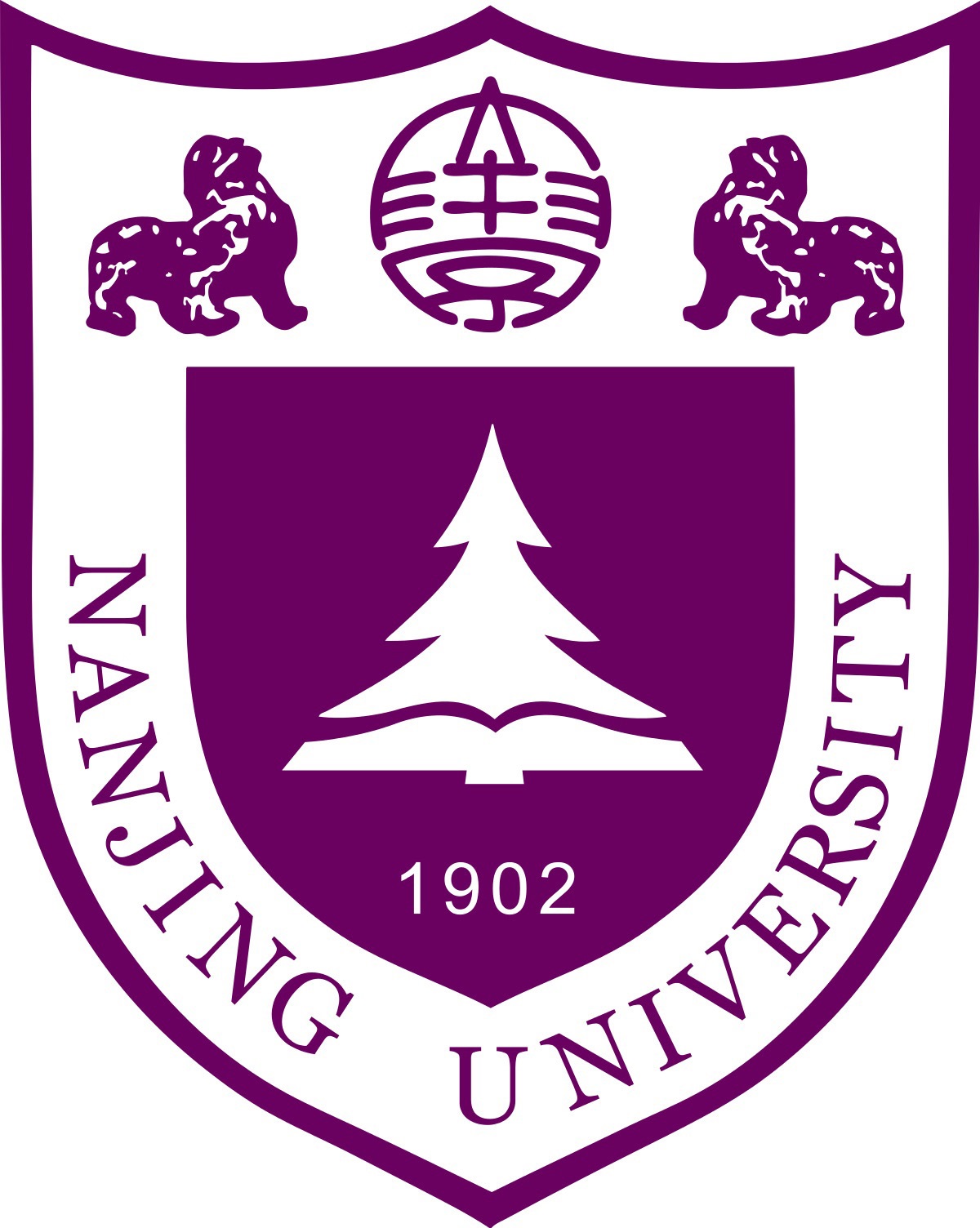CromSS: Cross-modal pre-training with noisy labels for remote sensing image segmentation
We explore the potential of large-scale noisily labeled data to enhance feature learning by pretraining semantic segmentation models within a multi-modal framework for geospatial applications. We propose a novel Cross-modal Sample Selection (CromSS) method, a weakly supervised pretraining strategy designed to improve feature representations through cross-modal consistency and noise mitigation techniques. Unlike conventional pretraining approaches, CromSS exploits massive amounts of noisy and easy-to-come-by labels for improved feature learning beneficial to semantic segmentation tasks. We investigate middle and late fusion strategies to optimize the multi-modal pretraining architecture design. We also introduce a cross-modal sample selection module to mitigate the adverse effects of label noise, which employs a cross-modal entangling strategy to refine the estimated confidence masks within each modality to guide the sampling process. Additionally, we introduce a spatial-temporal label smoothing technique to counteract overconfidence for enhanced robustness against noisy labels. To validate our approach, we assembled the multi-modal dataset, NoLDO-S12, which consists of a large-scale noisy label subset from Google's Dynamic World (DW) dataset for pretraining and two downstream subsets with high-quality labels from Google DW and OpenStreetMap (OSM) for transfer learning. Experimental results on two downstream tasks and the publicly available DFC2020 dataset demonstrate that when effectively utilized, the low-cost noisy labels can significantly enhance feature learning for segmentation tasks. All data, code, and pretrained weights will be made publicly available.



